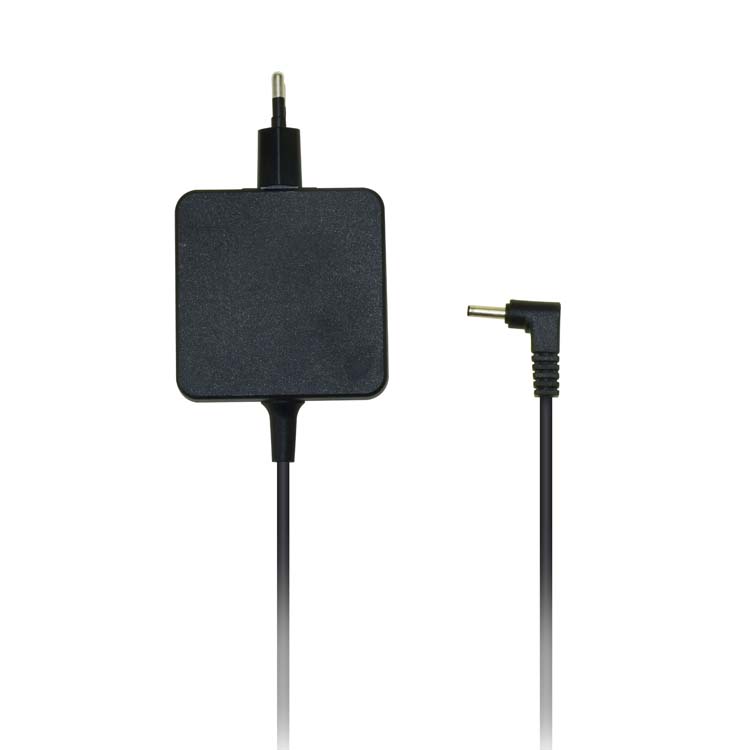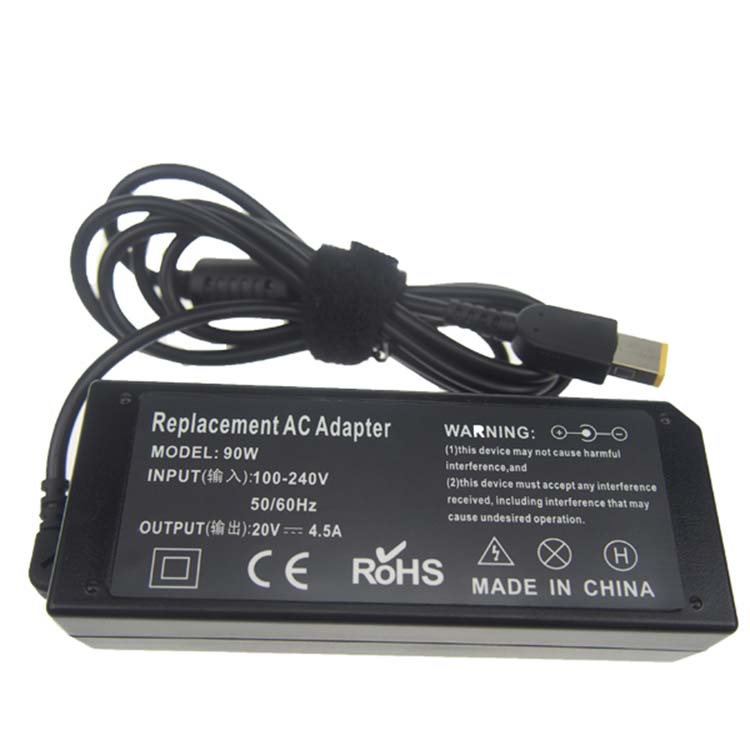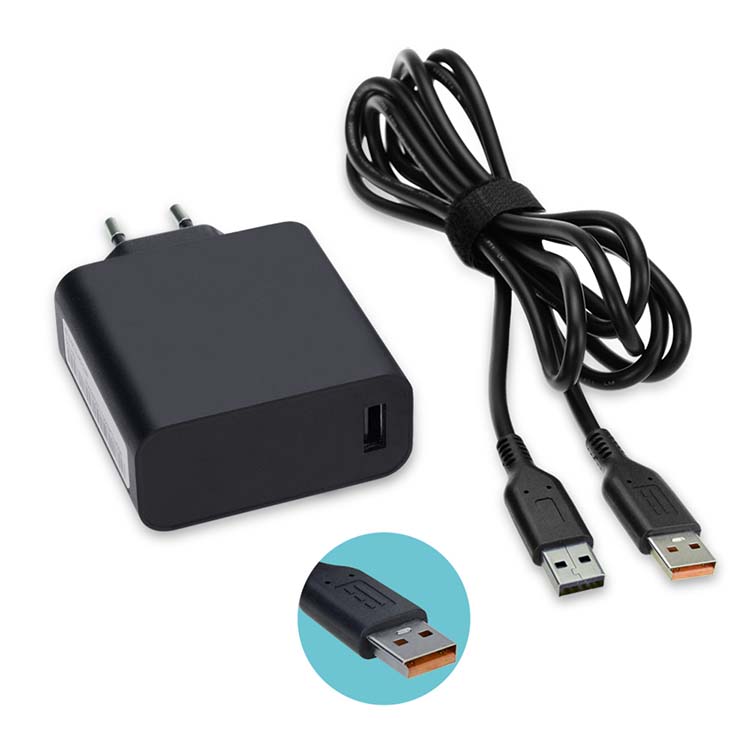Sandal Pachai hosted the Google 2018I/O Developer Conference in Mountain View, Calif., the Google CEO, dubbed "Weichai Brother" by Chinese netizens, as the past has revealed the direction of Google's progress, and The important one is to officially announce the 3.0 version of its own AI chip TPU.

Only one month away from the ZTE chip crisis, the announcement of the TUP 3.0 version will once again stimulate the Chinese science and technology community of the “core-making boom†and set off a new round of “AI core†boom. However, can the AI ​​chip really be created by "paradox"?
AI chip: the basis of everything
Why is the AI ​​chip the basis of AI technology? When the AI ​​technology is further developed, the amount of information and computation required will be further improved, and the CPU can no longer provide more computing power. At present, people use GPU instead of CPU for deep learning, but in order to consider the problem of computing expansion and compatibility. The development of AI chips is the trend of the times.
Moreover, the chip is a high-input, high-tech technology, and it is the underlying hardware foundation. If it relies heavily on its people, the AI ​​company itself will be very uncomfortable - just like today's ZTE, the life gate is shackled and subject to people. Therefore, many Internet giants are developing their own AI chips, in addition to Google, Amazon, Apple, Facebook and so on.
The TPU developed by Google was first announced in 2016, and in 2013 there were related rumors being researched and developed. AlphaGo, which is famous for its battle with Li Shishi and Ke Jie, is equipped with a TPU.
The AI ​​chip is divided into deep learning and special classes. The former can be carried in a large number of AI platforms for deep learning and intelligent computing; the latter is more vertical, such as security identification, smart home, autopilot, cloud computing, which is also At present, the AI ​​chip is the hottest four landing scenes.
But deep learning AI chips are more significant, generally designed for deep learning frameworks, which means that it optimizes the open source architecture, allowing developers to develop more AI applications more smoothly and quickly, resulting in a large number of And a complete range of AI application ecology. In addition, the integration of AI chips and deep learning frameworks means the establishment of standards. If more developers choose this AI chip, the firm AI moat will be more stable, similar to PC to Windows.
I used my chip, you have to listen to me on my site.
ZTE incident detonated the "Great Leap Forward" of Chinese chips
Due to the first-mover advantage of the semiconductor industry, AI chip products of NVIDIA, Intel, Google, AMD and other companies have been the target of domestic AI companies to catch up and surpass. Shortly after the Sino-US trade friction caused by the ZTE chip crisis, the release of TPU3.0 further catalyzed the domestic core heat. I believe that the next step will be a new climax.
In fact, before the ZTE event to the I/O conference, the technology channels of major websites were basically screened by domestic core news:
On April 19, Ali announced the self-developed chip Ali-NPU news
On April 20, Ali announced the acquisition of AI chip company Zhongtianwei
On April 23, Rokid announced that the self-developed AI chip will be unveiled on June 26.
On April 27, Yuntian Lifei is releasing an edge artificial intelligence chip IPU for the embedded end.
On May 3, Cambrian released the first cloud smart chip MLU100
On May 11, Huawei's unicorn 980 processing chip will be released in the second half of this year.
On May 11, Yunzhisheng announced that it will announce the world's first AI chip for IoT next week.
......
This time node is quite intriguing, and these news have a common feature: the data is better than one, the physical chip is hard to see; while the high-profile patriotic card "do not do the next ZTE on AI", the sky is overwhelming Self-promotion. It's no wonder that many netizens don't buy it, and they are arguing that these companies are hot.
But this can't stop big companies from investing hard, and at the same time there is a big ticket for core entrepreneurs. In a nutshell, under the wave of AI technology, the AI ​​chip as the underlying foundation, the strategic significance can be said to be self-evident, and the ZTE incident also allows people to see China's shortcomings in this regard. But as a chip, you can't take the rough route of steel and steel.
One minute before the end, the chip is ten years
We think that this kind of thing is very common. As long as it is a smart electronic device, it will definitely carry it. This gives the people an illusion that many things can be done by this enterprise. In fact, many entrepreneurs have not seen this point. I feel that if I take some money and dig some people, it will take two or three years to produce results.
Say that there are money, Intel with a market value of more than 200 billion US dollars is enough to have money? In 2016, Intel smashed 408 million US dollars to acquire a star AI startup company Nervana, and then said to launch a dedicated chip - this big move is three and a half years, and now even the shadow of a chip has not seen. Intel did not put Baodu on Nervana. In 2015, Intel bought chipmaker Altera for $16.7 billion. In 2017, Intel bought Mobileye with autopilot assistance system and chip solution for $15.3 billion... But in stark contrast to Google, Intel's AI chip and AI applications are still very good.
After all, the “buy, buy and buy†model does not necessarily work in the AI ​​field. The semiconductor industry chain needs continuous capital and continuous technical input, which has been verified by the United States, Japan and South Korea. But the AI ​​chip needs a complete ecology, the underlying chip, the middle layer system, the upper layer application, and it is indispensable. If the chip is made out, if it is not formed, it is just a castle in the air.
Ali is very similar to Intel, and it is a model of “buy, buy and buyâ€. In the past few years, Ali’s investment and acquisitions in the AI ​​field have been frequent, and there are shadows of Ma Yun’s father behind Cambrian and Shangtang Technology. However, after Intel’s massive acquisition, it faced the dilemma of its multiple AI lines being incompatible with each other. After repeated reshuffles by internal management, a large number of Nervana employees left and even went to the “dead enemy†Google, which is also a slow progress of AI chips. the reason.
In addition, the semiconductor industry has a long investment cycle. After investing, it is basically not expected to exit in the short term or obtain high profit returns, and the cost of trial and error is extremely high. NVI, Google, AMD and other industry players who really own AI chips, all started to develop five or six years ago - then the artificial intelligence concept has not been so hot. Then many startups suddenly pop up to say that they have developed AI chips, and then look at their founding date, one after the "2015".
In three years, I came to the top, and I was able to catch up with Europe and America. Does this sound familiar?
How should the Chinese core be made?
The chip carrying computing power is the cornerstone of the development of artificial intelligence, and is the most important infrastructure resource, especially on the terminal side, which has high requirements on power consumption, performance and stability. Regardless of the national strategy or the industry market, AI chips are needed.
In fact, there are still companies in China that really bury their AI chips. Although it is very difficult, some people are doing it diligently. The Cambrian is a case, but the AI ​​chip of the Chinese Cambrian is still a distance away from the publicity. The application is relatively narrow. Currently, it is mainly used for Huawei mobile phone cameras for image calculation, and some are applied to HKUST. Xunfei's translation machine is responsible for language processing. Compared with the versatility of foreign giants' AI chips, the gap is still far away.
From the perspective of the entire AI industry, the chip is not an isolated hardware. As mentioned before, it also combines a deep learning framework with an AI application ecosystem, and the three form a benign cycle. The deep learning framework is equivalent to the AI ​​operating system. A dedicated AI chip can make the deep learning framework run faster and more compatible, attracting more developers to use such operating platforms to generate more AI applications. When the ecology is large enough, it does not attract enough users. And a complete and prosperous ecological structure is what the Cambrian lacks.
Therefore, the AI ​​chip layout not only depends on the foundation, but also on the high-level, but also needs to be prepared for five years or even 20 years. This requires entrepreneurs to have an extraordinary strategic vision and a courage to fully lay out the AI ​​ecology.
On the contrary, if we only see the national sentiment after the ZTE incident, as the whole stream of the core of the whole people is overweighted on the upper layer of the chip, and neglecting the construction of other levels, there is even the advent of "no chip seeing performance", I am afraid The significance of attracting attention and calling for investment is even greater. After all, the big brother of the AI ​​world, Nvidia, has gained a lot of market and reputation with its GPU products. In two years, Nvidia's share price has risen nearly eight times. In the second quarter of this year, revenue increased by 56% year-on-year, and the company's market value exceeded the $100 billion mark. Using the concept of AI chip as the stock price driver, who is not jealous?
However, this is inevitably a bit of a taste of "the world is full of enthusiasm, the world is good for".
IBM/Lenovo has recently been announced as being the 4th most valuable brand in the world, as a result, most of the demand for IBM/Lenovo Laptop Charger tends to come from the business world. IBM/Lenovo laptop charger include lenovo thinkpad charger series, lenovo ideapd charger series, lenovo yoga Adapter series and so on.
Different specifications of laptop charger will be suitable for different laptop model series, such as Lenovo IdeaPad Yoga 13, the specifications should be 20V, 3.25A, and the dc tip is square usb with pin inside. The common IBM/Lenovo laptop charger specification has45W 20V 2.25A, 65W 20V 3.25A, 90W 20V 4.5A etc, and the dc tip has common 5.5*2.5mm, 4.0*1.7mm, 7.9*5.4mm and Square with pin etc. Also yidashun can produce the 45W, 65W usb type c laptop adapter for IBM/Lenovo.
If you are looking for power adapter for IBM/Lenovo, please do not hesitate to contact us, you can find all kinds of replacement IBM/Lenovo laptop adapter. And our adapter with smart IC can protect your laptop with over current protection, over load protection, short circuit protection and over heat protection.
Yidashun's Lenovo computer charger is Brand New Replacement Product, works as Genuine parts, 100% OEM Compatible!!



Lenovo Laptop Charger,IBM Laptop Charger,Lenovo Thinkpad Charger,Lenovo Computer Charger
Shenzhen Yidashun Technology Co., Ltd. , https://www.ydsadapter.com
